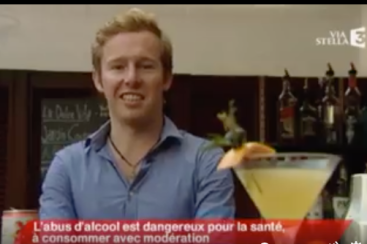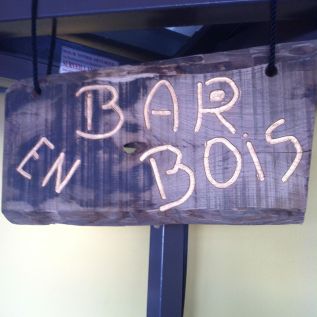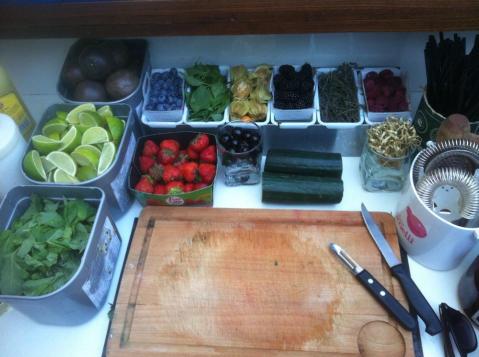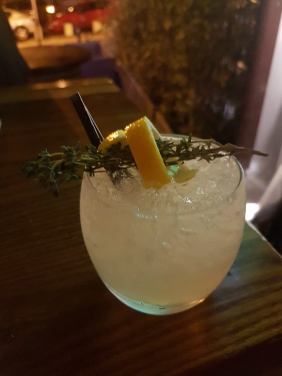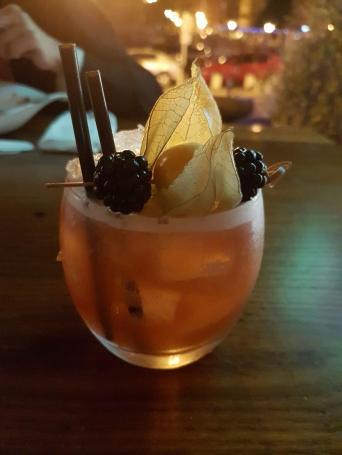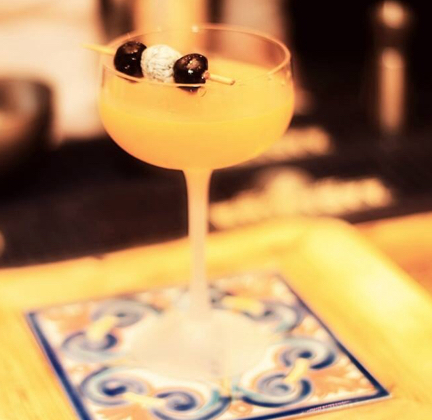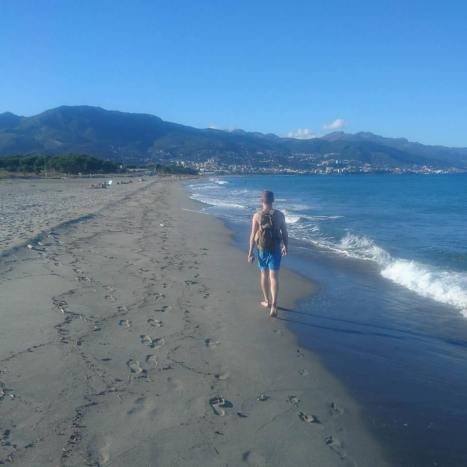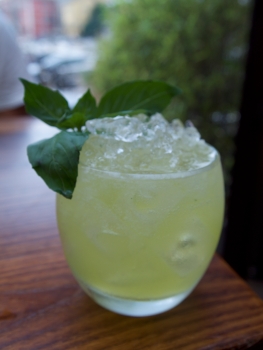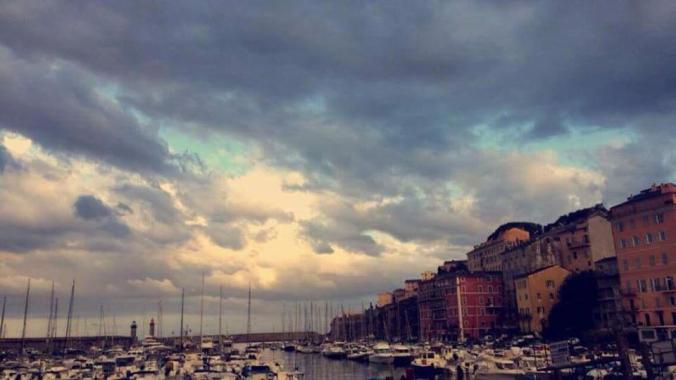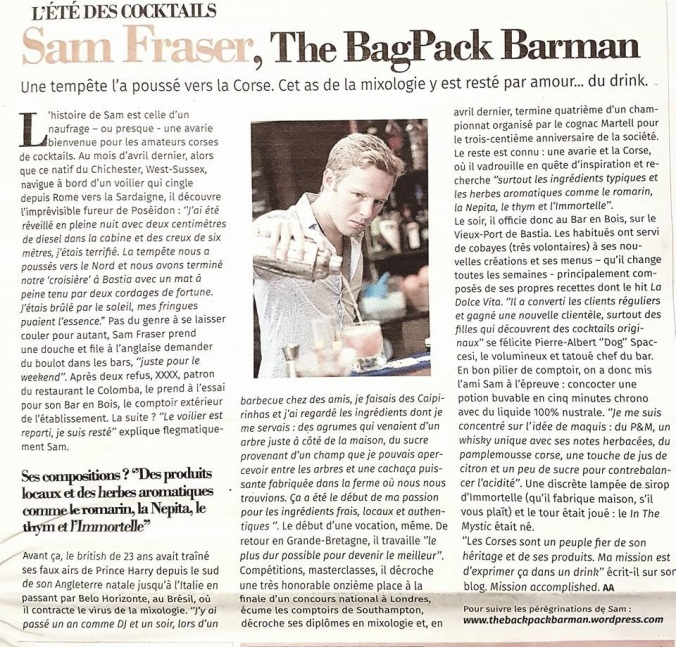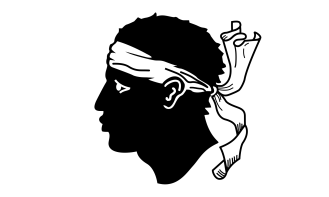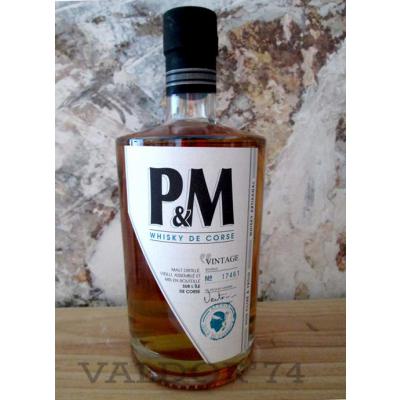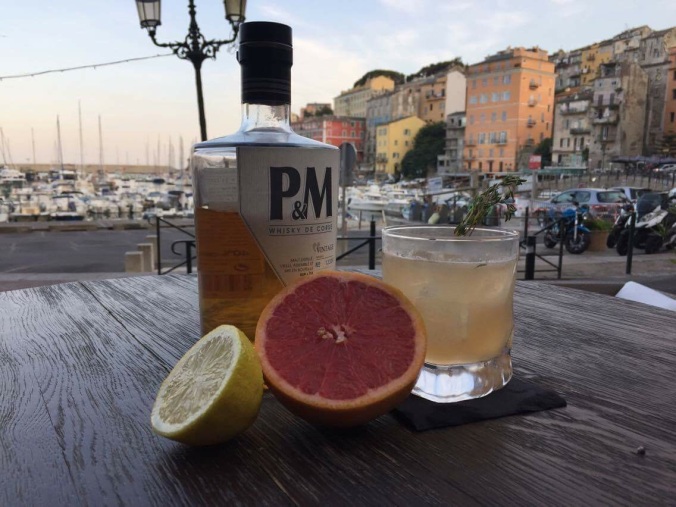Being an island in the middle of the Mediterranean, Corsica has a very colourful history. As i have already mentioned in this blog, it has been invaded by pretty much everyone at sometime or another. I could write a 5 page essay on the history of this island, however, this is not a history blog, and i am not a historian…I am a Bartender.
So i made a cocktail dedicated to one of the most celebrated (and interesting) characters in Corsican history, Pasquale Paoli.
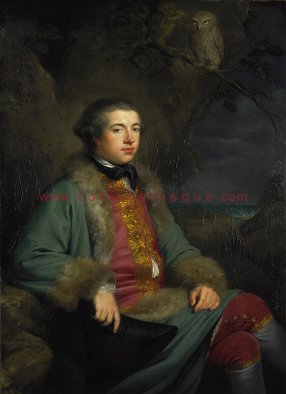
I will try to make this bio brief but this guy Paoli lived quite a life… He was born in the mountains to the south of Bastia in 1725. At this time Corsica was under the control of Genoa and Pasqual’s father was a leader in the fight against them. In 1729 the French quenched the rebellion.
This did not stop the Corsicans declaring their independence at the village of Orezza in 1735. However they were forced to surrender to the French four years later. Pasquale and his father went into exile.
In Italy, the exiles planned their revolution, and the young Paoli devised a plan for a native Corsican government. A general election was held and Pasquale Paoli was made General-in-Chief of Corsica, commander of all resistance. He wrote the constitution of the Corsican people proclaiming Corsica as a sovereign nation, founded a university at Corte and enabled all men over 25 to vote.
In 1764 the Genoese, seeing that they had in effect lost control of Corsica, secretly sold it to the French. The French began their reconquest. Pasquale Paoli fought a guerrilla war in the mountains but was defeated a year later. Corsica became a department of France and Paoli took refuge in England.
At The Turks Head Inn, Gerrard Street in Soho (now a Chinese Supermarket), he met ‘The Club’ a literary club of actors, writers and politicians that met weekly.He caused quite a scene, showing off his bullet-ridden coat, only to then ask for money for the privilege of viewing it. But as an educated chap he was a welcome addition to their group. His membership in The Club got him friends in high places, and eventually became a friend of King George III.
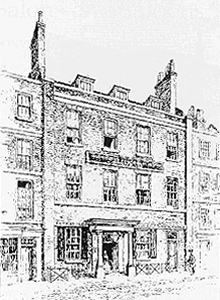
The Turks Head Inn
Paoli returned to Corsica after the French Revolution to run in an election for President of the department of Corsica. He won unanimously.
He then began secretly working as an agent of the British. He deliberately ignored French commands and worked for British interests whenever possible.
Meanwhile an election was held for the Colonel of the Corsican National Guard. There were 3 candidates, a young Napoleon Bonaparte being one of them. He won the election, but only after kidnapping one candidate and having the other one assaulted. (Nice guy was Napoleon!)
Paoli then sent Napoleon and his troops to attack a town in Sardinia. Napoleon only just escaped. The town had been tipped off by Paoli and knew exactly where Napoleon’s troops would be and when. The furious Napoleon returned to Corsica and the Bonaparte family denounced Paoli as a traitor. An arrest warrant was sent from Paris and Napoleon marched with a force to capture Paoli.
Pasquale Paoli and his followers drove Napoleon from the island in fear for his life.
He then turned to his British friends for assistance and Corsica became a British protectorate and King George III made sovereign head of state. Paoli repaying the kindness shown to him in London.
In exchange for British protection Paoli helped British forces drive the remaining French from the island. The town of Calvi, where i was just last week, was attacked by a British fleet. After 40 days of bombardment the French surrendered the town. 24,000 cannonballs had been shot at the town and a British Officer, Horatio Nelson had lost his eye.
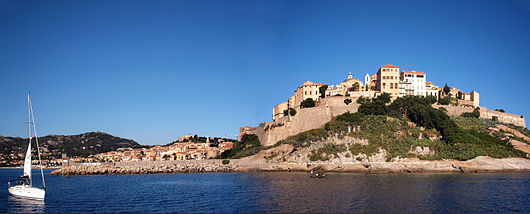
Calvi
The British protected Paoli’s Corsica for 4 years, leaving in 1795,
no longer seeing it as necessary to their cause. They invited Paoli to resign his post and retire in England with a healthy pension from the Crown.Having no other options and unable to hold Corsica without assistance from Britain, Paoli accepted the invitation and set sail for England. The French reconquered Corsica.
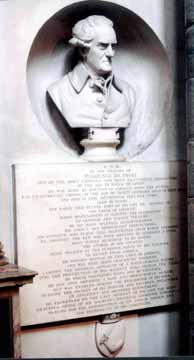
Bust of Pasquale Paoli in Westminster Abbey
Paoli lived out the rest of his years in London. He died in 1807 and was buried at Old St Pancras Church. In 1889 a bust of Paoli was placed in Westminster Abbey and his bones returned to his native Corsica on a British ship.
Pasquale Paoli continues to be a idol of liberty and democracy in Corsica and a symbol for Corsican Nationalists that to this day fight for Corsicas independence from France.
So, my cocktail in honour of our friend Pasqual…
I’m using Aquavita, a grape Eau de Vie from the Domaine Mavela Distillery as my base. It uses white Vermentino grapes (Interesting fact: All white wine in Corsica use Vermentino!). Apart from P&M Whisky (Also from Mavela) Eau de Vie is the only other spirit distilled in Corsica.
I then found a liqueur made by Maison Damiani called Liqueur de Maquis. It is a blend of the fruits and aromatic herbs found on the Maquis and has been made by the family since 1970. Maison Damiani is only about 12miles up the coast from Calvi. No doubt you would have been able to see the British fleet out at sea back in 1794.
I chose the name ‘La Pasqua’ for this drink. Pasqua being a nickname for anyone called Pascal here in Corsica. As he was a friend of us Brits i think he should be remembered as a friend.
*raises my nice cold glass of Pietra beer* – here’s to you Pasqua!
‘La Pasqua’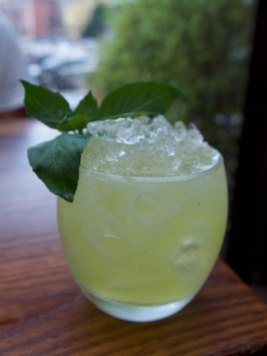
- 40ml Aquavita Raisin, Domaine Mavela
- 25ml Liqueur de Maquis, Maison Damiani
- 3 Lg fresh Corsican Basil leaves
- 25ml Corsican lemon juice
- 20ml Sugar syrup
Shake all ingredients and double strain over crushed ice, garnish with a Fresh Corsican Basil leaf (other Basil varieties are available)
